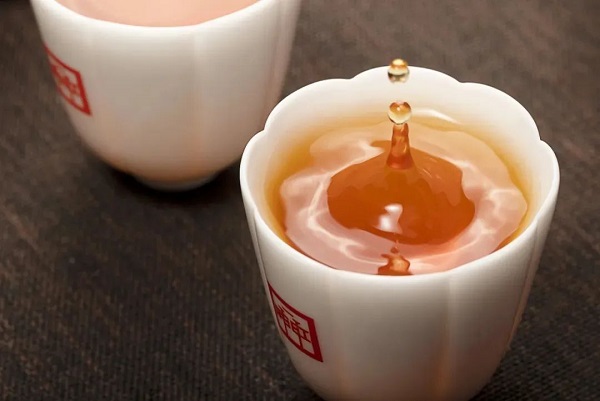In 2024, under the support of Huangshan Customs, the export value of Huangshan tea reached 13.7 billion yuan ($1.88 billion), accounting for 77 percent of Anhui province's total.
Located in the tea-producing belt at the 30th parallel north, the mountainous region of Huangshan boasts a rich variety of tea types with a long history of cultivation and trade dating back to the Ming and Qing dynasties (1368-1911). Huangshan Maofeng, Taiping Houkui, and Qimen black tea production techniques are representative items of national intangible cultural heritage. Today, the tea industry has become a pillar industry in the region.
Huangshan Customs has been assisting enterprises in overcoming challenges related to pesticide residues and raw material contamination in tea exports, ensuring higher quality standards and smoother international trade.
Additionally, the Huangshan Tea and Agricultural Products Testing Key Laboratory, a national-level tea testing facility, has been tasked with routine pesticide residue testing in Huangshan's green pest control program. For four consecutive years, no reported incidents of exported tea were flagged by overseas authorities.
To assist tea enterprises in expanding their markets, Huangshan has operated the "Huangshan-Hefei-Tashkent" tea special train, the "Huangshan-Xuancheng-Ningbo Zhoushan Port" sea-rail intermodal train, and the "Huangshan-Shanghai Port" sea-rail intermodal train.
A total of 2,666 containers of exported tea have been sent via the China-Europe (Central Asia) train and sea-rail intermodal trains, saving tea enterprises over 20 percent in logistics costs. Furthermore, Huangshan tea's export cycle has been reduced by 10 to 15 days via the Huangshan airport.

Qimen black tea. [Photo/Huangshan Daily]





